Everyone is a self-proclaimed coffee expert these days, professing to know the latest and greatest extraction methods or where to source the best brew in a given locality. But what do we really know about the quality of beans themselves?
If you can’t tell the difference between an Arabica and a Robusta or you can’t identify a Guatemalan bean from a Kenyan, do you really know coffee at all?! Other people say that the quality of a coffee bean is judged by whether or not it produces a cup of coffee that you enjoy.
However you look at it, if you would like to know how to tell the difference between a good and bad coffee bean, keep reading. We’re about to explain how to get the best coffee beans by recognising their characteristics.
How to tell the difference between good coffee beans and bad coffee beans
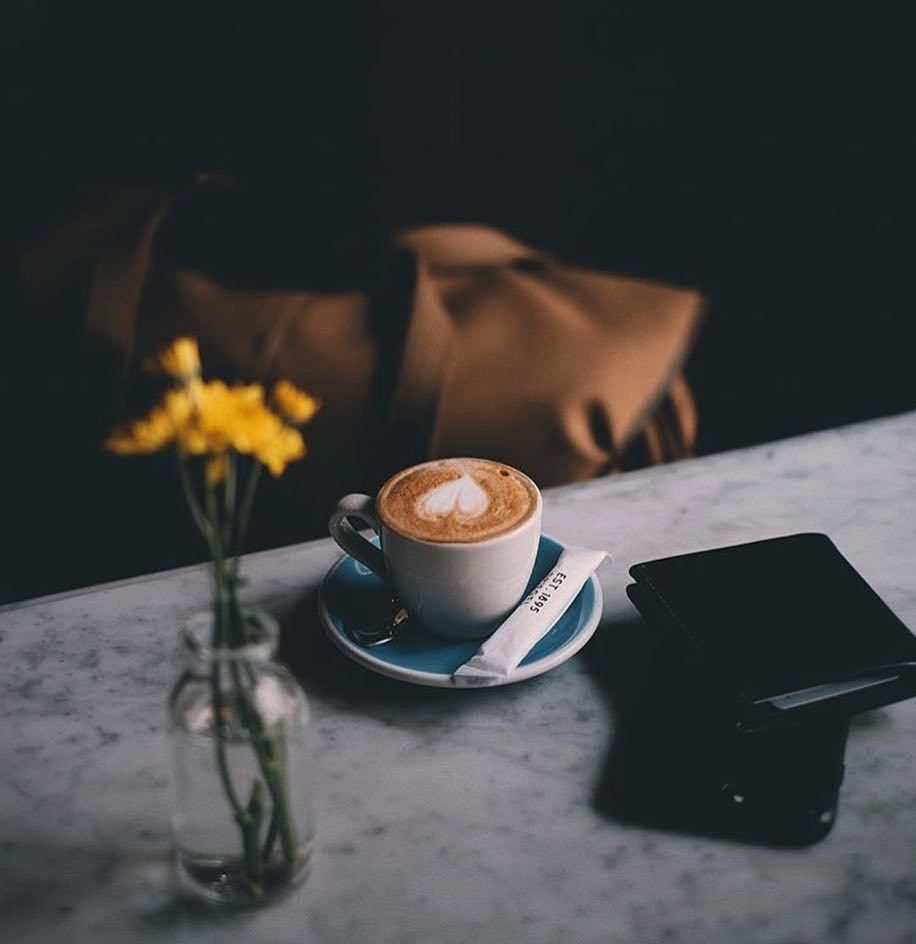
#1 – What are the varieties of coffee?
Robusta and Arabica are two of the most common types of coffee, with Arabica being regarded as the superior bean. Robusta beans aren’t always terrible, although the attributes associated with “excellent” coffee tend to be more in line with Arabica beans. So, what’s the big deal here?
Arabica
Often flavoured with berries, premium Arabica coffee such as Vittoria 100% Arabica coffee beans, have a smooth, mellow taste. As the coffee plant requires more care and attention, these are sold for a greater price than Robusta beans.
Robusta
Traditional coffee flavours are often linked with Robusta, which has a more robust flavour profile. Due to its strength, it’s less expensive to grow, which means it’s also less expensive to buy. Robusta is the most common type of coffee at the supermarket, even if you can find low-quality Arabica beans.
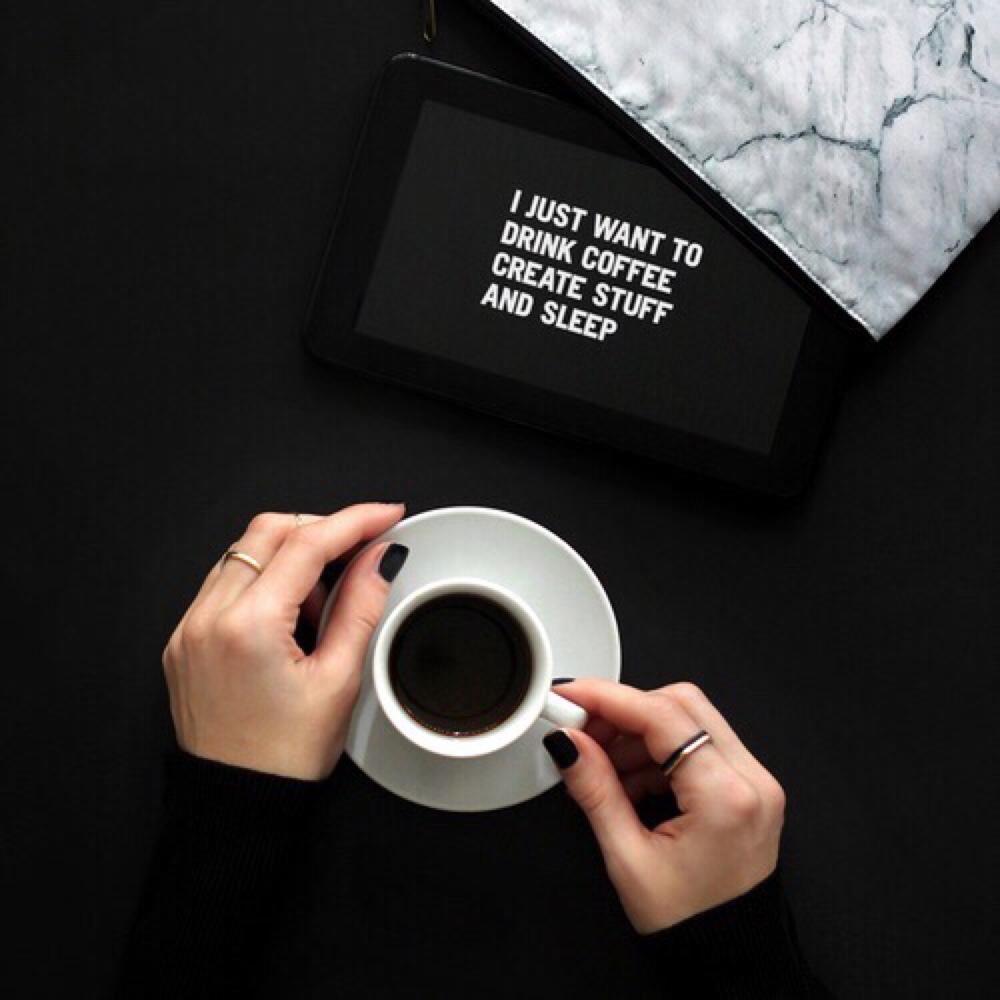
#2 – Does oiliness of the beans play a part?
The oiliness of the beans is an easy way to tell if a bean is good or bad. Coffee experts believe that beans which are visibly oily have been roasted too long, which evaporates the flavour. Oily beans can also signify beans that were roasted some time ago and aren’t fresh. Oilier beans are believed to be passable if they are dark roasted.
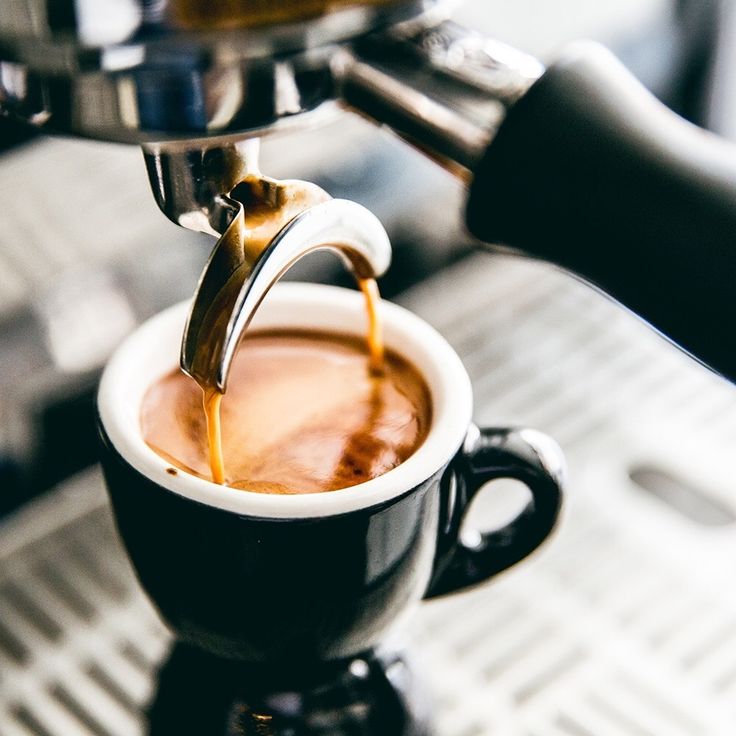
#3 – How does the coffee pour?
If the extraction of your coffee shot appears wavy, quick, and irregular, the beans may not be of the highest quality. Consistent speed and a honeyed hue are the hallmarks of an excellent cup of coffee.
Consider the roast date before making a final judgment on whether or not your beans are poor as a result of the pour. In order to have a better cup of coffee, it’s best to let the beans sit for a few weeks before brewing them. After a few weeks, if the beans are still extracting poorly, it is safer to conclude that the beans are faulty.
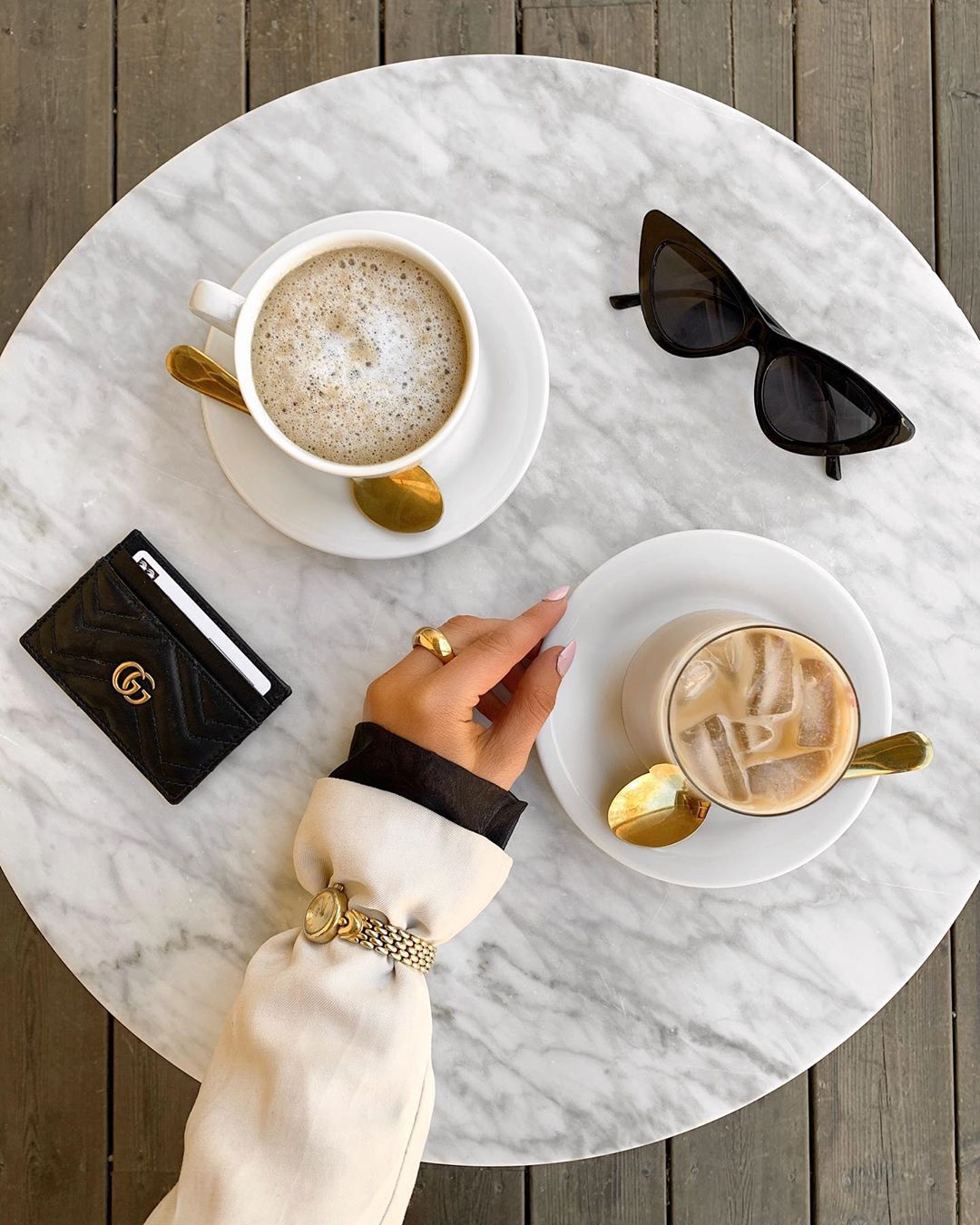
#4 – Your personal preference
As mentioned earlier, you can of course forget the ‘scientific’ approach to judging a coffee bean’s quality and use personal taste as a determinant of whether a coffee bean is good or not.
The coffee industry is sometimes compared to the wine industry, where there is a lot of emphasis on developing a ‘palate’ to recognise and discriminate flavours between different types of beverages.
Like wine, it takes a few sips of coffee to get a sense of what flavors and components you enjoy and those you don’t. Acidity, roast, flavour, and finish all have a role in the overall flavour of a cup of coffee.
Acidity
Acidity is measured on a spectrum from sweet to acidic. If you’re looking for a flavour profile that’s in the middle, you’d characterise it as “balanced or medium.”
When beans are overly acidic, they produce “bad” coffee, which has a bitter taste. Dark roasts are more likely to have this flavour profile.
Remember, though, it’s all about personal preference, so even though bitterness is widely regarded as a negative, you may actually appreciate a cup of coffee with a high acidity.
To counteract the bitterness, lighter roasts tend to have a sweeter flavour. Some people find this type of sweetness to be too much for them.
Roasting
In the United States for instance, the three most popular roasts are light, medium, and dark. To keep things easy, we’ll stick to the first three roasts for now.
Whether a bean is roasted until it’s “light” or “dark” is determined by the amount of time it has been exposed to heat during roasting.
You’ll obtain a sweeter taste in your coffee if you use light roasted beans. By contrast, for dark-roasted beans there will be a distinct bitterness and strong flavor. Because it’s the middle ground for espresso drinkers, many cafes and coffee places choose to use a medium roast.
Flavour
After a while, you’ll be able to discern the flavours of coffee more clearly as you develop a taste for it. From vanilla to apple to blueberry to mint to apricot to pomegranate (to name a few), there are an infinite number of flavours that describe the coffee drinking experience.
If you haven’t developed a palate per se, you can also discern the flavour of your coffee by where it was grown. Some people prefer Guatemalan or PNG coffee, for example.
As a result, even if coffee is sourced from diverse farms throughout a country and from a variety of locations, the soil, altitude, and other environmental factors will influence the flavour profile.
How to tell the difference between good coffee beans and bad coffee beans, in summary
All said and done, next time you drink a coffee, consider the flavour that lingers in your mouth after you’ve had a drink. For a coffee to be considered ‘bad’, it must have an off-putting flavour and a short-lived aftertaste.
Also take into account the variety, the appearance of the beans, if it pours properly, and your particular preferences on acidity and roasting, flavours, and finish when deciding whether a coffee bean is good or bad for you!
For the most part, the perfect bean will become apparent over time as you become more aware of the characteristics you appreciate and those you don’t.

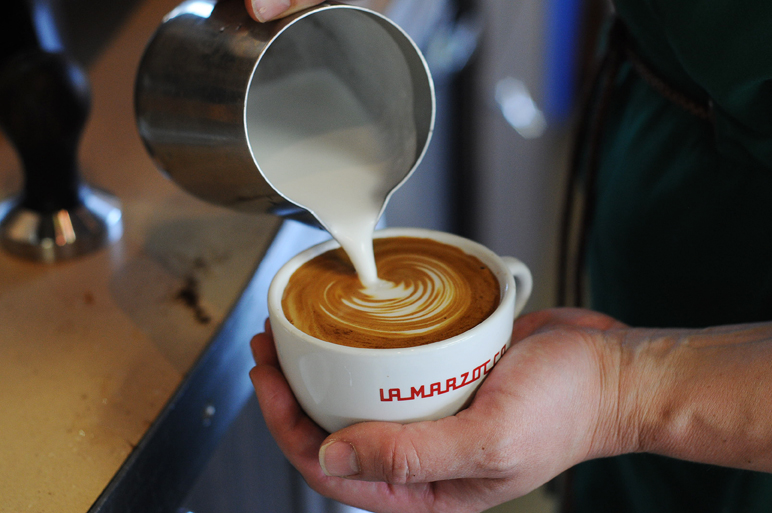
No Comments